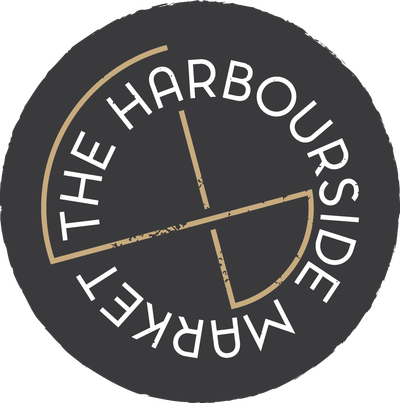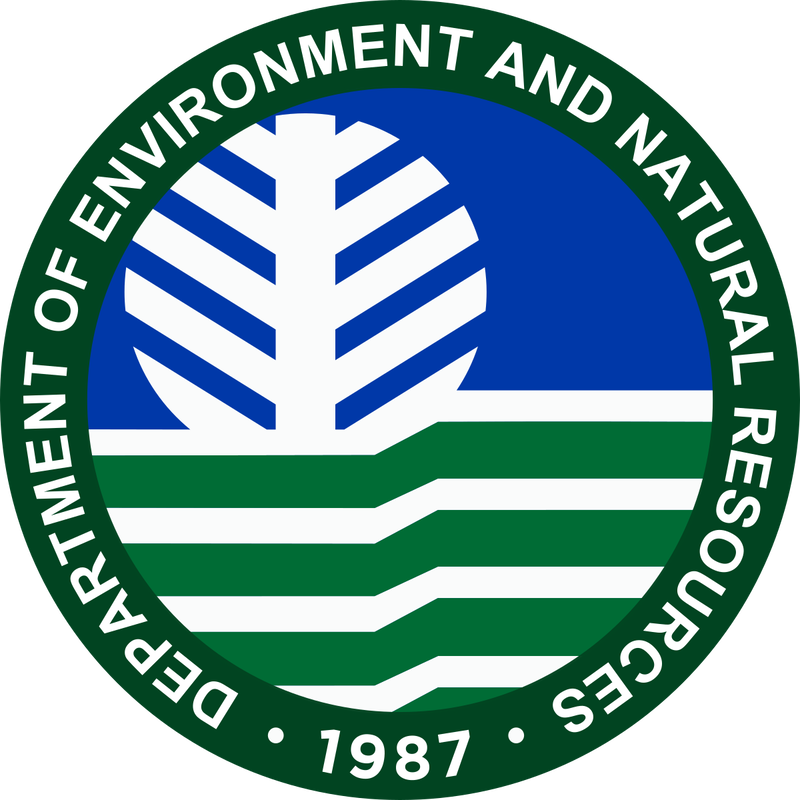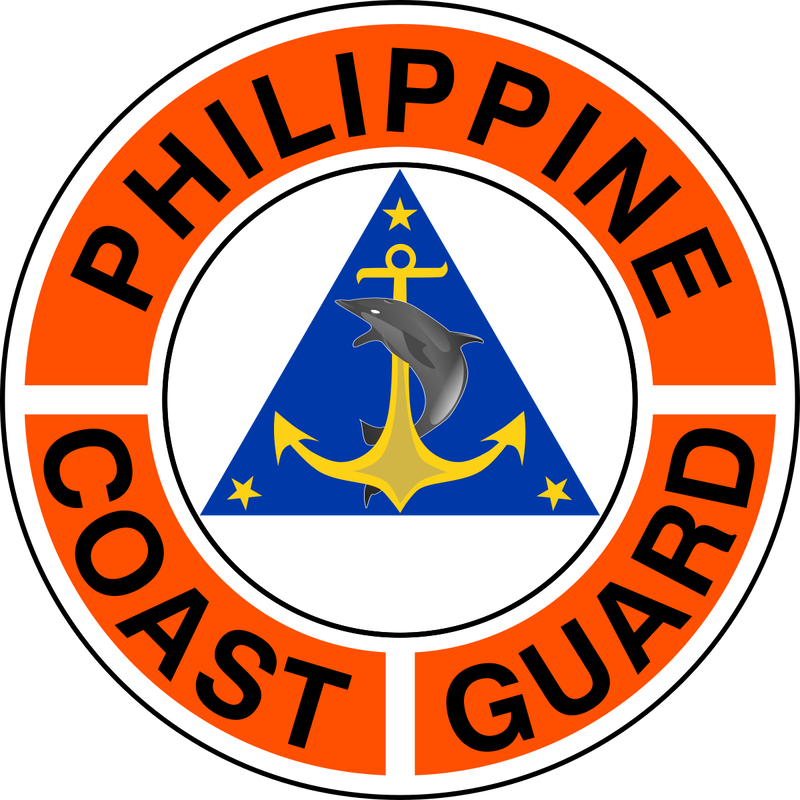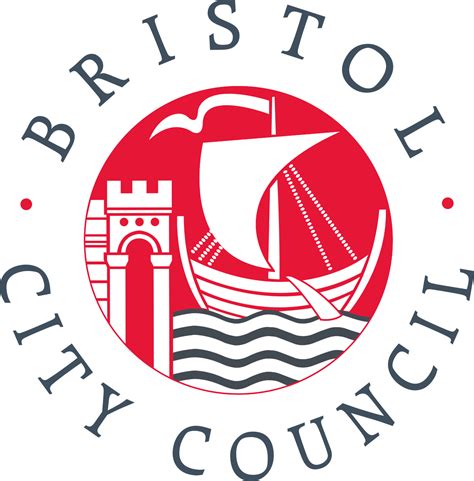Community Feedback..."What you did here in Port Barton was so AMAZING, you were such a good teachers, educators and a very resourceful team. Thank you for having you and the team here doing a wonderful projects. It helps us to be more knowledgeable and responsible to our MOTHER EARTH. You let kids expressed their feelings about the environment through painting. You taught people how to protect marine lives and to preserve it. What you have done here in Port Barton was highly appreciated. No words can say how much we love your artwork. Our team would like to express our deepest gratitude for sharing your knowledge about marine conservation and everything. We wish you all best Anita and the team, good health and a happy life. Thanks to Atelier Aquatic,
Sincerely yours, Eden Nolasco, Port Barton, Tourist Receptionist".
Sincerely yours, Eden Nolasco, Port Barton, Tourist Receptionist".
Art on Barton...Totally Turtle
Port Barton, Palawan
Art on Barton Totally Turtle was an Atelier Aquatic Public Art, Education and Marine Conservation Event in Port Barton.
Port Barton Marine Park is a 10,000 hectare area which is home to 3 of the world’ s 7 species of sea turtle, all of which are on the IUCN Red List of Threatened Species
(www.iucnredlist.org).
Hawksbill Turtle is Critically Endangered status, Green Turtle is Endangered status, and newly discovered in this area, the Olive Ridley Turtle which has Vulnerable status.
As part of the event WWF Philippines, Be Green (local sustainable tourism NGO), Department for Environment and Natural resources (DENR) delivered Sea Turtle Information, Education and Communication Workshops.
Port Barton Marine Park is a 10,000 hectare area which is home to 3 of the world’ s 7 species of sea turtle, all of which are on the IUCN Red List of Threatened Species
(www.iucnredlist.org).
Hawksbill Turtle is Critically Endangered status, Green Turtle is Endangered status, and newly discovered in this area, the Olive Ridley Turtle which has Vulnerable status.
As part of the event WWF Philippines, Be Green (local sustainable tourism NGO), Department for Environment and Natural resources (DENR) delivered Sea Turtle Information, Education and Communication Workshops.
Art on Barton...
Elementary School, Port Barton, Palawan
Seahorse
- Scientific Name: Syngnathidae (Hippocampus spp)
- Common Name: Seahorse
- Basic Animal Group: Fish
- Size: 1–14 inches
- Lifespan: 1–4 years
- Diet: Carnivore
- Habitat: Temporal and tropical waters throughout the world
- Conservation Status: Not Evaluated
- Seahorse are fish.
- Seahorse use breathe using gills and have a swim bladder to control their buoyancy
- Seahorses, like the common pygmy seahorse, have shapes, sizes, and colours that allow them to blend in with their coral habitats. Others, such as the thorny seahorse, change colour to blend in with their surroundings.
- Seahorse males become pregnant and carry babies (called fry) to term. Females insert their eggs through an oviduct into the male's brood pouch. The male wiggles to get the eggs into position, and once all the eggs are inserted, the male goes to a nearby coral or seaweed and grabs on with his tail to wait out gestation, which lasts 9–45 days.
- Seahorse Males produce 100–300 young per pregnancy and while the main source of food to the embryos is the yolk of the egg, the males do provide additional sustenance. When it's time to give birth, he'll contort his body in contractions until the young are born, over a period of minutes or sometimes hours.
Art on Barton...
Deep Moon,Deep Sea, Deep Moon Resort, Port Barton, Palawan
Jellyfish
- Jellyfish and jelly-like sea creatures come in an immensely diverse range of forms. Animals that are typically called jellyfish belong to the phylum Cnidaria, which includes over 10,000 species.
- Jellyfish range from about 1mm to nearly 2 m!
- Jellyfish have no brains, no heart, and no blood, it's amazing jellyfish have existed for 650 million years!
- Jellyfish can glow in the dark! many have bioluminescent organs, which emit light. This helps to attract prey or distract predators.
- Jellyfish can clone themselves! if a jellyfish is cut in two, the pieces of the jellyfish can regenerate and create two new organisms. Similarly, if a jellyfish is injured, it may clone itself and potentially produce hundreds of offspring.
- Jellyfish are immortal ! There are two phases to jelly life: the stationary polyp stage and the mobile medusa phase. The medusa phase is the common reference for a jellyfish. Jellyfish start as polyps and develop into medusas, but the Turritopsis nutricula has earned it the nickname "the immortal jellyfish" for having the ability to travel backward to the polyp stage in times of stress.
- Jellyfish can teach us about efficient underwater propulsion, the movements of bell-shaped jellyfish have provided researchers with a new understanding of propulsion. The flexibility of their umbrella-like bodies allow them to pulse upwards and downwards without expending much energy. Researchers have created biomimetic robots with flexible bells, which may one day lead to better undersea vehicles.
- Jellyfish don't have brains, Instead, jellyfish have nerve nets which sense changes in the environment and coordinate the animal's responses.
- Jellyfish might be taking over the world's oceans, there's a good deal of debate about this issue among scientists.
Art on Barton...
Acosta Store, Port Barton, Palawan
Humphead Wrasse!
- Humphead wrasse is called Mameng in the Philppines.
- Humphead wrasse gets its name from the bulge on its forehead.
- Humphead wrasse is an enormous coral reef fish—growing over six feet (2m) long!
- Humphead wrasse can live to up to 50 years old.
- Humphead wrasses are protogynous hermaphrodites, with some members of the population becoming male at about 9 years old. The factors that control the timing of sex change are not yet known.
- Humphead wrasse are very important to coral reef health. They eat crown-of-thorn starfish which can destroy the coral reef, so they keep populations of crown-of-thorn starfish under control.
- Humphead wrasse is listed as Endangered on the IUCN Red List and included in CITES Appendix II in 2004. https://www.iucn.org/commissions/ssc-groups/fishes/grouper-and-wrasse-specialist-group/humphead-wrasse
- Humphead was the first reef fish used as food to be listed on the Convention on International Trade in Endangered species (CITES). The species is conservation dependent. Which means it needs human intervention to survive as a species.
- Humphead wrasse have a very slow breeding rate, they are not sexually mature until they are 5 years old and 35-50 cm length, so if juvenile Humphead are eaten they cannot reproduce to increase their population numbers, making them vulnerable to overfishing.
- Humphead fish are sexually mature at 50cm, but preferred export trade size is 'plate-sized' – between 30-45 cm, making plate-sized fish of this species are juveniles.
- Humphead wrasse was historically prized as a 'royal' fish. Recently (1990s onwards) it has become an important part of the live reef food fish trade (LRFFT) centred in Southeast Asia, sometimes over US$500 per kg at retail (e.g. in Beijing in 2015 at a luxury hotel). It is one of the two most highly priced fishes in this international trade.
- Humphead wrasse is widely caught using cyanide, cyanide is a poison and kills living coral, therefore destroying the marine habitat and ecosystem.
- WWF urges local governments in the Coral Triangle to stop the trade and consumption of humphead wrasse—one of the most expensive live reef fishes in the world. Live reef fish trade in Southeast Asia continues to be a significant problem that threatens the region’s food security as well as its reefs, as poachers often resort to legal and destructive fishing methods to catch them. https://www.worldwildlife.org/species/humphead-wrasse
Art on Barton...
Gorgonzola Gallery, Port Barton, Palawan
Psychedelic Ghost Pipefish!
- Ghost pipefish, pipefish and seahorses all belong to the order Sygnathiformes, but the two groups belong to different families within the order; Ghost pipefishes belong to the family Solenostomidae, whilst pipefish and seahorses the family Sygnathidae.
- Ghost pipefish reproduction is unlike the true pipefish, in which the male broods the young, it is the female ghost pipefish that broods the eggs.
- Ghost pipefish spend a long time floating around in the Ocean as plankton, reaching almost adult length before they finally settle onto the reef.
- Ghost pipefish are often found in pairs living along side crinoids (feather stars) and boast a rainbow of colour forms
- Ghost pipefish may seem to bright to hide, but in a coral reef sometimes you have to standout to blend in!
- Ghost pipefishes are masters of disguise. In fact they may have some of the best disguises in the sea, which range from uncanny mimicry of leaves, crinoids, algae to sponges and seagrass.
Art on Barton...
Palla's Place, Port Barton, Palawan
Colossal Squid!
*Squid are cephalopods, along with Octopus, Cuttlefish and Nautilus. There are around 304 species of squid.* Squid skin is covered in chromatophores, which enable the squid to change colour to suit its surroundings, making it practically invisible.
* Squid exhibit high intelligence among invertebrates,for
example, groups of Humboldt squid hunt cooperatively, using active communication.
* Squid are believed to be the fastest of all invertebrates in the world.
* Squid have the is the largest invertebrate in the world in their family, the Colossal squid, about 14m long!
* Squid eyes, on either side of the head, each contain a hard lens. Colossal squid have eyeballs that are the same size as a basketball.
* Squid have three hearts. Two branchial hearts feed the gills, each surrounding the larger systemic heart that pumps blood around the body.
* Squid are able to glow in the dark, this is due to them having bioluminescent organs.
*Squid are cephalopods, along with Octopus, Cuttlefish and Nautilus. There are around 304 species of squid.* Squid skin is covered in chromatophores, which enable the squid to change colour to suit its surroundings, making it practically invisible.
* Squid exhibit high intelligence among invertebrates,for
example, groups of Humboldt squid hunt cooperatively, using active communication.
* Squid are believed to be the fastest of all invertebrates in the world.
* Squid have the is the largest invertebrate in the world in their family, the Colossal squid, about 14m long!
* Squid eyes, on either side of the head, each contain a hard lens. Colossal squid have eyeballs that are the same size as a basketball.
* Squid have three hearts. Two branchial hearts feed the gills, each surrounding the larger systemic heart that pumps blood around the body.
* Squid are able to glow in the dark, this is due to them having bioluminescent organs.
Art on Barton...
Acosta Store, Port Barton, Palawan
Group...er Love
* Groupers are the largest reef fish in the world, growing up to 3.5 metres long!
* Groupers are very slow swimmers, they rely on ambushing tactics to catch their prey. They eat lobsters, crabs, fish and even small sharks and young sea turtles, using their massive mouths to eat their prey whole.
* Groupers live in small groups, with one male and a harem of females. If the male grouper dies, one of the females is able to turn into a male and take over the harem!
* Groupers live in reefs throughout the Indian and Pacific oceans, but they are considered vulnerable to extinction due to over-fishing.
* Groupers when young are yellow with black markings, but their colour changes to a duller green-Grey or brown when they get older, for up to 50 years which is very old for a fish.
* Groupers are the largest reef fish in the world, growing up to 3.5 metres long!
* Groupers are very slow swimmers, they rely on ambushing tactics to catch their prey. They eat lobsters, crabs, fish and even small sharks and young sea turtles, using their massive mouths to eat their prey whole.
* Groupers live in small groups, with one male and a harem of females. If the male grouper dies, one of the females is able to turn into a male and take over the harem!
* Groupers live in reefs throughout the Indian and Pacific oceans, but they are considered vulnerable to extinction due to over-fishing.
* Groupers when young are yellow with black markings, but their colour changes to a duller green-Grey or brown when they get older, for up to 50 years which is very old for a fish.
Art on Barton...
Tourist Terminal, Port Barton, Palawan
Marine life education and Awareness through Community Engagement and Creative Participation
Palawan is named on the initial list of potential sites for Nature Based Marine Tourism in the Coral Triangle Initiative- Coral Reefs, Fisheries and Food Security (CTI-CFF) Countries as a tool for social, economic and environmental sustainability in the CT(CTI-CFF,WWF-Pacific,2015). Palawan is a UNESCO Biosphere Reserve and designated ecotourism destination by The National Ecotourism Strategy (NESC/ETWG-2002).
Marine tourism globally is facing a period of unprecedented growth, opportunities and challenges (Wahab&Pigram,1997). The fast paced expansion of coastal and marine tourism is a potential solution to a sustainable economy for local communities but at the same time has led to all sorts of environmental threats (Mayer,&Knox,2006).
“Preserving nature will eventually bring significant economic benefit for coastal communities, giving them hope for a better life” (CTI-CFF,2015) .
Palawan is named on the initial list of potential sites for Nature Based Marine Tourism in the Coral Triangle Initiative- Coral Reefs, Fisheries and Food Security (CTI-CFF) Countries as a tool for social, economic and environmental sustainability in the CT(CTI-CFF,WWF-Pacific,2015). Palawan is a UNESCO Biosphere Reserve and designated ecotourism destination by The National Ecotourism Strategy (NESC/ETWG-2002).
Marine tourism globally is facing a period of unprecedented growth, opportunities and challenges (Wahab&Pigram,1997). The fast paced expansion of coastal and marine tourism is a potential solution to a sustainable economy for local communities but at the same time has led to all sorts of environmental threats (Mayer,&Knox,2006).
“Preserving nature will eventually bring significant economic benefit for coastal communities, giving them hope for a better life” (CTI-CFF,2015) .
Art on Barton...ABC in the SEA, Pala's Place, Port Barton, Palawan
SEA of ABC in the SEA...
S is for Squid -
Squid is a cephalopod, like Octopus, Cuttlefish and Nautilus
Squid is the fastest invertebrate in the Sea
Squid has chromatophores in its skin, which means it can chnage colour and become invisible.
E is for Epaulette Shark -
Epaulette shark has a white spot above its pectoral fin that looks like an epaulette from a military uniform, hence the name.
Epaulette sharks are carpet sharks, spending mots of their time on the sea floor.
Epaulette sharks use their pectoral fins to walk from one rock pool to another in low tide, which is why they are also called "walking sharks" .
A is for Anemone -
Anemones are a group of water-dwelling, predatory animals, they share the same name as the land based flower.
Anemones are beautifully coloured and look like flowers when the mouth, with tentacles, is fully open, Anemone is the home to the Clown fish (Nemo).
Anemones and Clown fish have a symbiotic relationship, the clown fish feeds on small invertebrates that harm the sea anemone, and the poo from the clown fish provides nutrients to the sea anemone. The clown fish is protected from predators by the Anemone's stinging cells, which don’t hurt the Clown fish Clown fish emits a high pitched sound that scares off Butterfly fish, which would otherwise eat the anemone.
S is for Squid -
Squid is a cephalopod, like Octopus, Cuttlefish and Nautilus
Squid is the fastest invertebrate in the Sea
Squid has chromatophores in its skin, which means it can chnage colour and become invisible.
E is for Epaulette Shark -
Epaulette shark has a white spot above its pectoral fin that looks like an epaulette from a military uniform, hence the name.
Epaulette sharks are carpet sharks, spending mots of their time on the sea floor.
Epaulette sharks use their pectoral fins to walk from one rock pool to another in low tide, which is why they are also called "walking sharks" .
A is for Anemone -
Anemones are a group of water-dwelling, predatory animals, they share the same name as the land based flower.
Anemones are beautifully coloured and look like flowers when the mouth, with tentacles, is fully open, Anemone is the home to the Clown fish (Nemo).
Anemones and Clown fish have a symbiotic relationship, the clown fish feeds on small invertebrates that harm the sea anemone, and the poo from the clown fish provides nutrients to the sea anemone. The clown fish is protected from predators by the Anemone's stinging cells, which don’t hurt the Clown fish Clown fish emits a high pitched sound that scares off Butterfly fish, which would otherwise eat the anemone.
Art on Barton...
ABC in the SEA Large Scale Community Colouring Book!
Art on Barton...
Turtle Town of Palawan, Port Barton
- Port Barton Marine Park is 10,1961ha. An effectively run Marine Protected Area (MPA) has many benefits to people and sustains life on Earth, including restoration and replenishing resources for social, economic, and cultural enrichment.
- Healthy Oceans and MPA’s can contribute to Livelihoods, Climate, Marine tourism, Resilience, Food, Coastal protection.
- Philippines is part of “The Coral Triangle” - the nursery of the seas - is the most diverse marine region on the planet, covering some 6million km2 of Ocean across 6 countries in the Asia-Pacific region. This ecological wonder is home to 76% of the world's reef-building coral species and 6 out the 7 known species of marine turtles.
- Low-impact, high-value, Sustainable Nature Adventure Based Tourism in areas of High Conservation Value bring a brighter and more sustainable social, economic and cultural future for the Coral Triangle region.
- The Coral Triangle region is a renowned sustainable tourism destination with economic benefits flowing to communities, governments and private enterprise, providing a strong incentive to protect and sustain the region's natural environment.
- The Ocean produces half the oxygen we breath and absorbs 30% of the carbon we produce. We need the Ocean, lets look after it :)
Art on Barton...
ABC in the SEA, Pala's Place, Port Barton, Palawan
A is for Anemone
- Anemones are a group of water-dwelling, predatory animals, they share the same name as the land based flower.
- Anemones are beautifully coloured and look like flowers when the mouth, with tentacles, is fully open, Anemone is the home to the Clown fish (Nemo).
- Anemones and Clown fish have a symbiotic relationship, the clown fish feeds on small invertebrates that harm the sea anemone, and the poo from the clown fish provides nutrients to the sea anemone. The clown fish is protected from predators by the Anemone's stinging cells, which don’t hurt the Clown fish Clown fish emits a high pitched sound that scares off Butterfly fish, which would otherwise eat the anemone. Awesome!
- Butterfly fish have approximately 120 different species.
- Butterfly fish are territorial and live in different areas of coral on the reef. Their colourful markings on their bodies are so they can identify which family (or species) they are from.
- Butterfly fish are known as "Indicator Species", some are corallivores, meaning they rely on the live tissue of living coral for their food. If the coral is under stress due to poor environmental conditions the coral is less nutritious for the Butterfly fish and they move elsewhere. Butterflyfish means healthy coral Reef…Brilliant!
- Cuttlefish are Cephalopods, not fish. The cephalopods (meaning 'head-footed'), are a group of molluscs; Octopus, Squid, Nautilus and Cuttlefish.
- Cuttlefish, along with most cephalopods, are the Ocean's most intelligent invertebrates (animals with no backbone).
- Cuttlefish have special cells in their skin called Chromatophores which means they can change colour and pattern in a flash, They communicate with their skin…Crazy!
Art on Barton...
Butterflyfish Love House- Charity Homestay, Port Barton, Palawan
Butterflyfish pair up for life.
Butterflyfish recognise family by their markings.
Butterflyfish have 120 species.
Butterflyfish only live in Coral Reefs.
Butterflyfish are "Indicator Species", they live in, and and eat the Coral Reef, if they are in the reef the reef is healthy, if they are gone the reef is in trouble.
Butterflyfish recognise family by their markings.
Butterflyfish have 120 species.
Butterflyfish only live in Coral Reefs.
Butterflyfish are "Indicator Species", they live in, and and eat the Coral Reef, if they are in the reef the reef is healthy, if they are gone the reef is in trouble.
Art on Barton...
One Love Collective Community Sea Scape- Native Bo Reggae Bar, Port Barton
One Love, One Heart, Let's get together and feel all right !
Octopus have 9 brains and 3 hearts..One love
Octopus have 9 brains and 3 hearts..One love







































